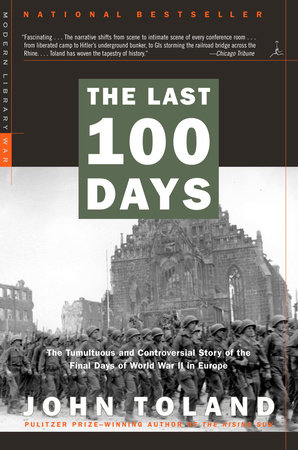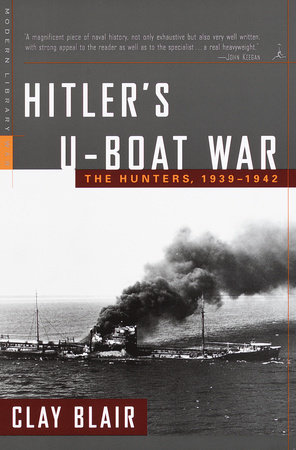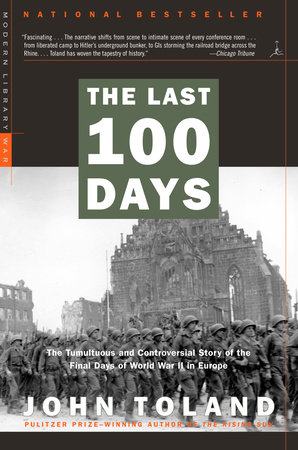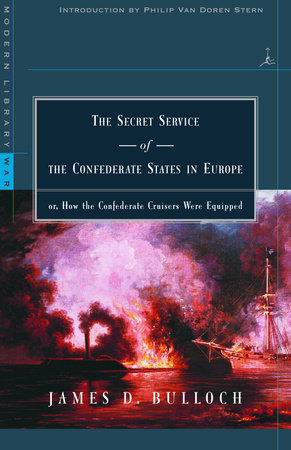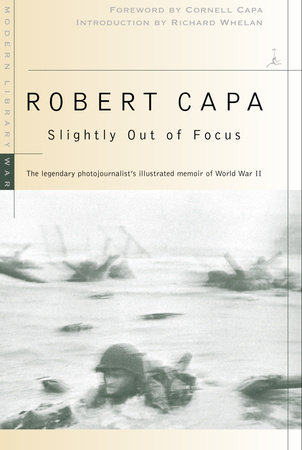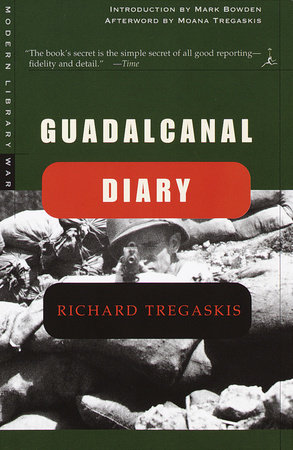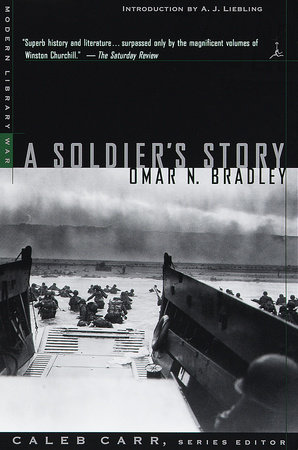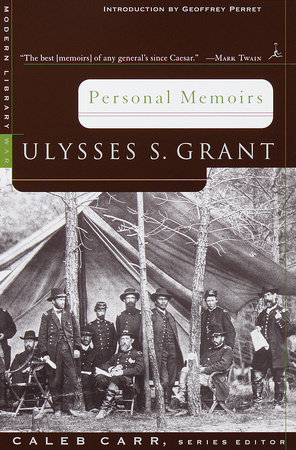Excerpt
The Last 100 Days
1.
On the morning of January 27, 1945, there was an air of restrained excitement among the 10,000 Allied occupants of Stalag Luft III (Air Prisoner of War Camp) at Sagan, only 100 air miles southeast of Berlin. In spite of the biting cold and the steady fall of snow in large flakes, prisoners huddled outside their barracks discussing the latest report: the Russians were less than twenty miles to the east and still advancing.
Two weeks earlier the first news of a great Red Army offensive had begun seeping into the camp from anxious guards. The prisoners were in high spirits until several goons—guards—hinted that orders had come from Berlin to make the camp a Festung, a hedgehog fortress to be defended to the end. A few days later another rumor spread that the Germans were going to use the Kriegies (short for Kriegsgefangenen, “war prisoners”) as hostages and shoot them if the Russians tried to take the area. This story was succeeded by an even more terrifying one: the Germans were going to convert the showers into gas chambers and simply exterminate the prisoners.
Morale dropped so alarmingly that Arthur Vanaman, an American brigadier general and the senior Allied officer at Sagan, sent a directive to the camp’s five compounds urging that all rumors be stopped and that preparations for a possible forced march to the west be accelerated.
One of the prisoners wrote in his diary, “Our barracks looks like a gathering of the Ladies’ Aid Sewing Circle.” Men sat cross-legged on the bunks cutting glove patterns from the bottoms of overcoats, devising snow caps and face guards, and improvising knapsacks out of trousers. A few ambitious ones were even building sleds from odd bits of lumber and bed boards.
But nothing could stop the rumors, and on January 26 Vanaman called a meeting in the camp’s largest auditorium. He strode up to the stage and announced that he had just learned from a BBC news report over a contraband radio that the Russians were only twenty-two miles away. He quieted the cheers and said they would all probably be marched across Germany. “Our best chance of survival is to stand together as one team, ready to face whatever may come. God is our only hope and we must trust him.”
By the morning of January 27 the prisoners of Sagan were ready. Evacuation kits were stacked near the doors of each barracks. Other equipment lay on the bunks, ready for hasty packing. As the snow piled up, the men waited watchfully, with a strange feeling of peace and calm. Many kept looking out past the high wire fences at the even rows of snow-laden pine trees. Beyond lay the unknown.
2.
Once Hitler held almost the entire land mass of Europe as well as North Africa. His troops had ranged deep into Russia and controlled more territory than the Holy Roman Empire. Now, after nearly five and a half years of war, his vast empire was compressed to the very borders of Germany. The combined American, British, Canadian and French armies were poised for the final assault along the Fatherland’s western boundary from Holland to Switzerland. And the sprawling eastern front, extending from the warm waters of the Adriatic Sea to the icy Baltic, was being punctured at a dozen points. After liberating half of Yugoslavia, most of Hungary and the eastern third of Czechoslovakia, the Red Army was already in the fifteenth day of the greatest offensive in military history.
On January 12 almost 3,000,000 Russians—more than a dozen times the troops that landed on D-Day—supported by massed artillery and led by seemingly inexhaustible streams of “Stalin” and T-34 tanks, had unexpectedly attacked some 750,000 poorly armed Germans on a 400-mile front extending from the Baltic Sea right down the middle of Poland. At the extreme north Marshal Ivan Danilovich Chernyakhovsky’s Third White Russian Front (Soviet equivalent of an army group) thrust toward historic Königsberg in East Prussia, near the Baltic. On his left the Second White Russian Front, led by the young, dynamic Marshal Konstantin Rokossovsky, drove for Danzig and was already approaching Tannenberg, the scene of one of Germany’s greatest triumphs in World War I. To Rokossovsky’s left came the most talented of all Red Army commanders, Marshal G. K. Zhukov, whose First White Russian Front had conquered Warsaw in three days and was now encircling Posen; its ultimate goal was Berlin. Finally, at the extreme southern flank of this great offensive came the First Ukrainian Front of Marshal Ivan Konev, and it was one of his spearheads which was approaching the prison camp at Sagan.
Generaloberst (four-star general) Georg-Hans Reinhardt’s Army Group North had been the main target of both Chernyakhovsky and Rokossovsky, and within two weeks his forces had been either overrun or by-passed. One of his armies, the Fourth, was already in full retreat. Its commander, General Friedrich Hossbach, well aware that Hitler expressly forbade such action, had started moving west on his own initiative. Rokossovsky had already knifed nearly 200 miles past him and Hossbach knew that if he didn’t make a fighting retreat, his troops would be wiped out. More important, he felt it was his duty to open an escape corridor for the half million East Prussian civilians fleeing west in wagons and on foot.
His immediate superior, Reinhardt, had approved but Generaloberst Heinz Guderian, Army Chief of Staff and also commander of the entire eastern front, was furious when he learned that the bulk of East Prussia had been given up with scarcely a struggle—and without his consent. Born on the Vistula River in East Prussia, Guderian was raised to regard Russia as the deadliest enemy. Prussian to the core, he was determined to save his land from the Bolsheviks. Nevertheless, he stoutly defended both Hossbach and Reinhardt when Hitler summoned him to the Reich Chancellery and accused them of treason. “They deserve to be court-martialed,” said the Führer. “They are to be dismissed immediately, along with their staffs.”
“I’d be willing to offer my right arm as security for General Reinhardt,” Guderian replied, and as for Hossbach, he went on, under no circumstances could he be considered a traitor.
Hitler ignored Guderian. He relieved Reinhardt at once and replaced him with a most unusual man who had recently told his beleaguered troops, “When things look blackest and you don’t know what to do, beat your chest and say, ‘I’m a National Socialist—that moves mountains!’ ” This was Generaloberst Lothar Rendulic, an Austrian and a talented military historian with a charming manner and a taste for gracious living. He was clever, subtle and knew how to handle Hitler; fortunately for the troops, he was also competent.
The commander of Army Group Center, on Dr. Rendulic’s right, had previously been relieved by Hitler and then, too, Guderian had objected violently—particularly when the replacement was Generaloberst Ferdinand Schörner, one of Hitler’s favorites.
Schörner was a robust, sanguine Bavarian who needed these qualities to cope with the chaotic situation he had inherited. His left wing was already shattered by Zhukov and the right was being rolled up by Konev. He began roaming the front and rear, changing commanders, reorganizing supply systems and generally shaking up whatever unit he visited. In the rear, where he routed men from desk jobs and gave them rifles, he was hated. At the front, where combat soldiers and the younger officers had never before seen an army group commander that far forward, he was esteemed. He threatened to shoot anyone on the spot who fled; he promised to bring the best food and clothing up front; he slapped backs in a comradely manner distasteful to officers of the old school; he insulted generals he felt needed insulting; and he passed out cookies and candy to privates.
He was to Hitler what Marshal Ney was to Napoleon, and by January 27, through his highly unorthodox methods, Army Group Center had been patched up into a front—shaky and jigsaw, but still a front that was holding back a tremendous tide of Russians. What he couldn’t do, of course, was close up the dangerous hole that Zhukov—the Russian most feared by the Germans—had punched between him and Dr. Rendulic.
This was the problem that worried Guderian most of all and he had told Hitler that there was only one way to stop Zhukov’s overwhelming armored attack: an emergency army group would have to be formed immediately and thrown into the gap between Schörner and Rendulic. Guderian wanted this force to be commanded by Generalfeldmarschall Maximilian von Weichs; he was a brilliant and daring officer. Hitler agreed to form the new army group but thought Weichs was too exhausted. “I doubt if he’s still capable of performing such a task,” he said, and suggested that the job go to Reichsführer Heinrich Himmler*—the second most powerful man in Germany.
Outraged, Guderian protested that Himmler had no military experience. Hitler replied that the Reichsführer was a great organizer and administrator, whose name alone would inspire a fight to the end. Determined to prevent “such an idiocy being perpetrated on the unfortunate eastern front,” Guderian continued to object with a dogged bluntness that shocked Feldmarschall Wilhelm Keitel, chief of OKW (Oberkommando der Wehrmacht, High Command of the Armed Forces), and derisively nicknamed Lakeitel—for Lakei, “lackey”—by fellow officers.
Hitler was just as adamant, contending that Himmler, as commander of the Replacement Army, was the only man capable of forming a major force overnight. He didn’t say that Himmler was one of the few he could still trust implicitly.


